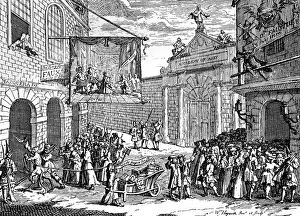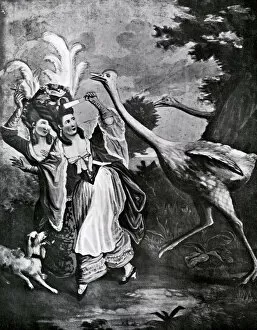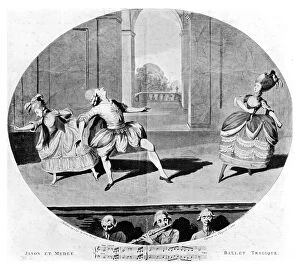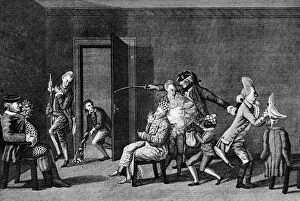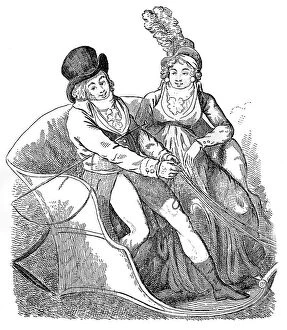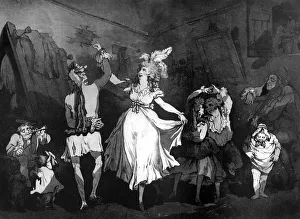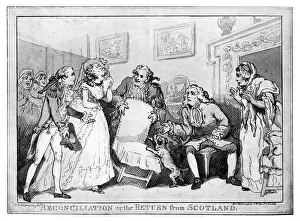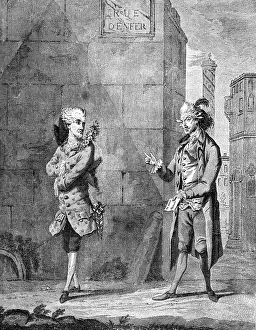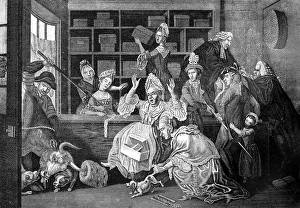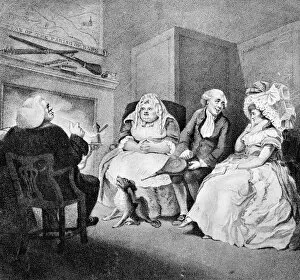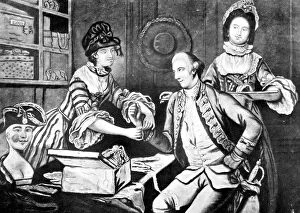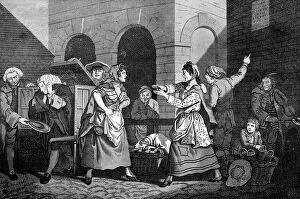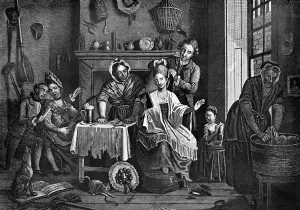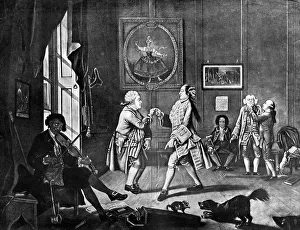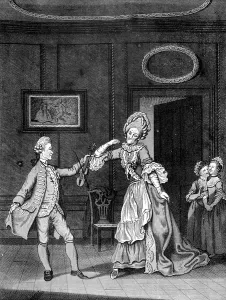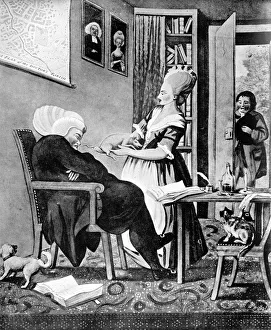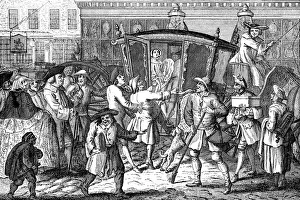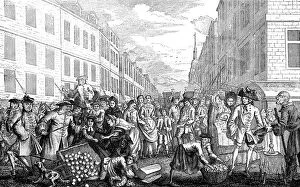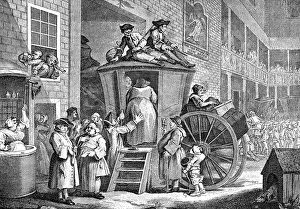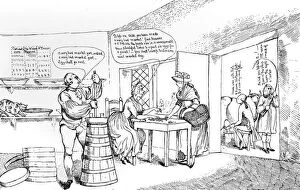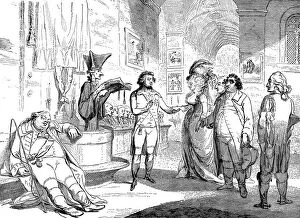George Paston Collection
George Paston was a prominent figure in the 18th century, known for his involvement in various artistic endeavors
All Professionally Made to Order for Quick Shipping
George Paston was a prominent figure in the 18th century, known for his involvement in various artistic endeavors. His influence can be seen in works such as "The Feathered Fair in a Fright" by Mr. James Gillray, which captures the essence of the era with its satirical depiction of society. One of Paston's notable contributions is evident through his collaboration with artist Thomas Rowlandson on "Aerostation out at Elbows or The Itinerant Aeronaut. " This piece showcases their shared fascination with hot air ballooning and highlights their ability to capture the excitement and wonder surrounding this new form of transportation. Paston's love for drama is reflected in works like "Ballet Tragique, " an exquisite portrayal of dancers immersed in an intense performance. Through this piece, he demonstrates his appreciation for the arts and his desire to bring beauty and emotion to life. In addition to his involvement in visual arts, it also had a keen interest in fashion. He collaborated with Charles White on "The Macarony Dressing Room, " showcasing extravagant attire popular during that time period. This work exemplifies Paston's attention to detail and dedication to capturing the essence of contemporary fashion trends. Another aspect of George Paston's diverse interests can be seen through collaborations with artists Isaac Cruikshank and Samuel Alken on pieces such as "A Goldfinch and his Mistress" and "A French Family. " These artworks depict everyday scenes infused with humor, offering glimpses into societal norms during that era. Furthermore, George Paston played a role in shaping public opinion through art that commented on political matters. For instance, he worked alongside Thomas Rowlandson on pieces like "English Travelling or the First Stage from Dover" and F Dukes' "French Travelling or the First Stage from Calais. " These satirical illustrations shed light on cultural differences between England and France while providing social commentary.

